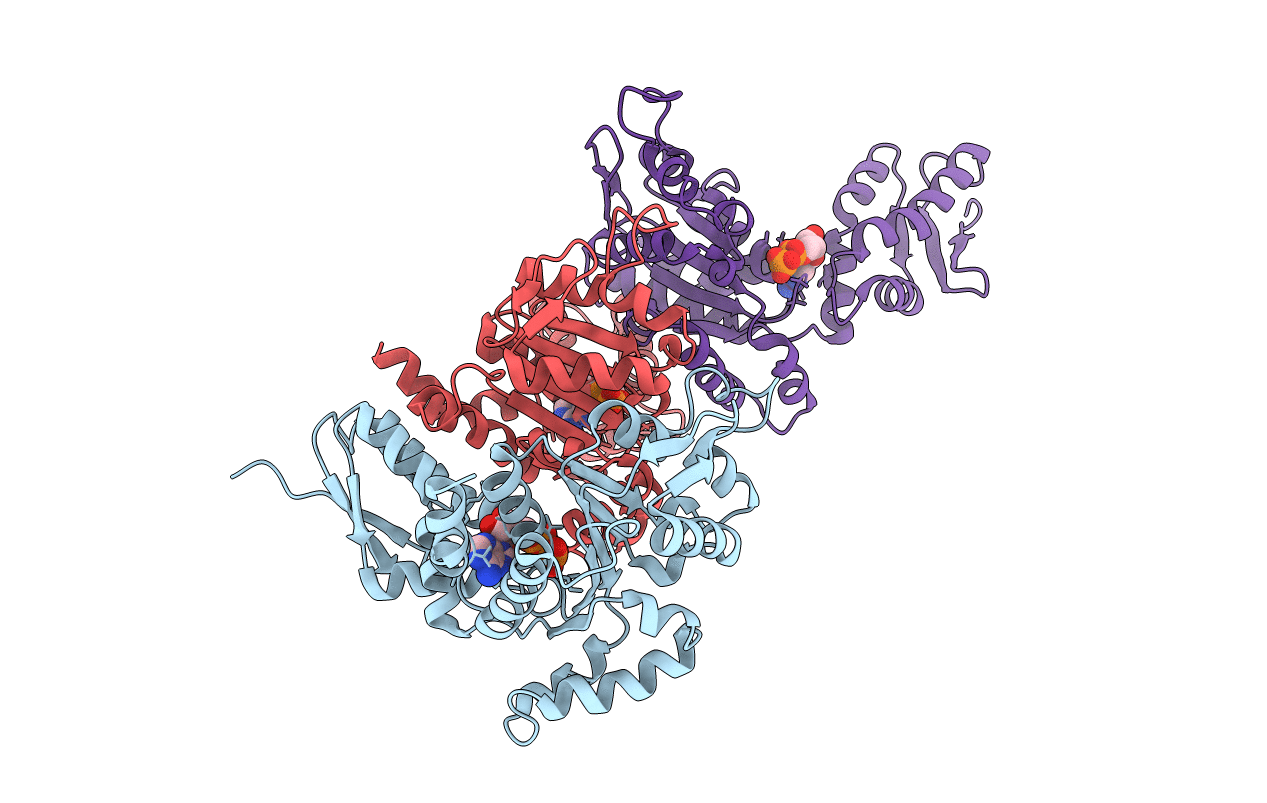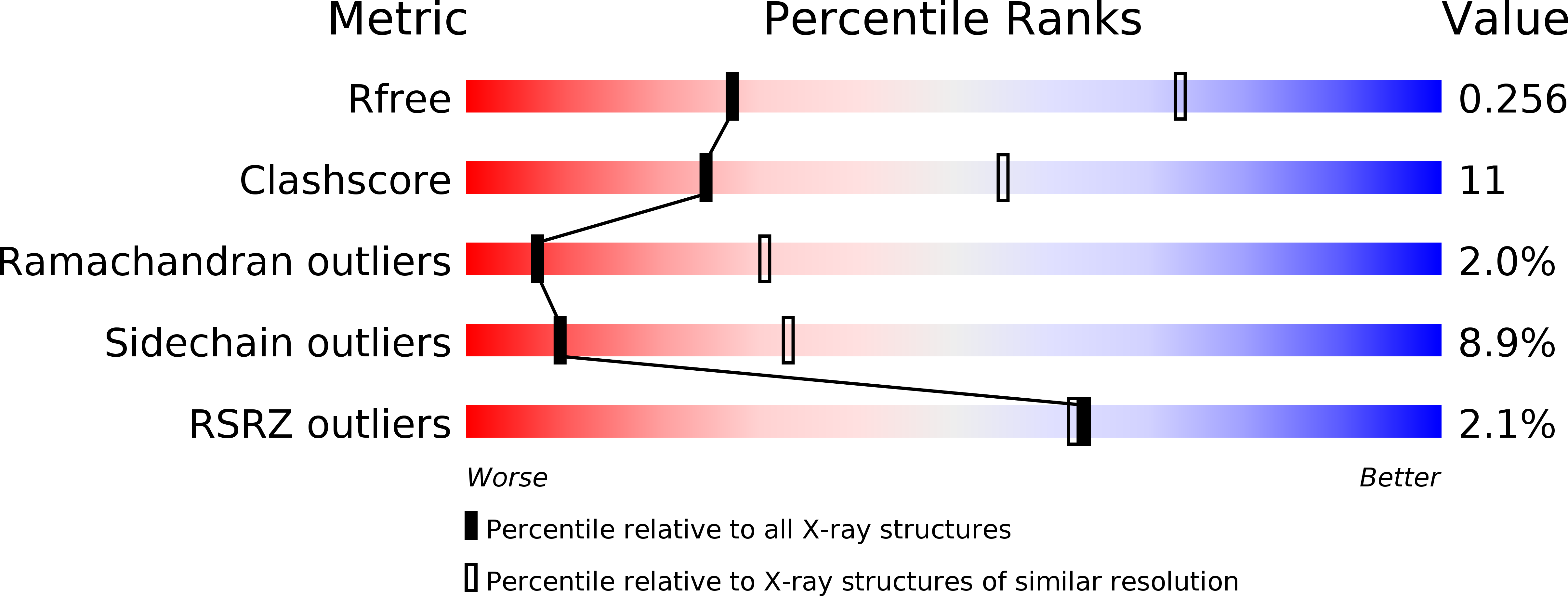
Deposition Date
2012-05-25
Release Date
2012-07-18
Last Version Date
2024-10-30
Entry Detail
Biological Source:
Source Organism:
Thermus thermophilus (Taxon ID: 300852)
Host Organism:
Method Details:
Experimental Method:
Resolution:
3.40 Å
R-Value Free:
0.26
R-Value Work:
0.23
R-Value Observed:
0.23
Space Group:
P 1 21 1


